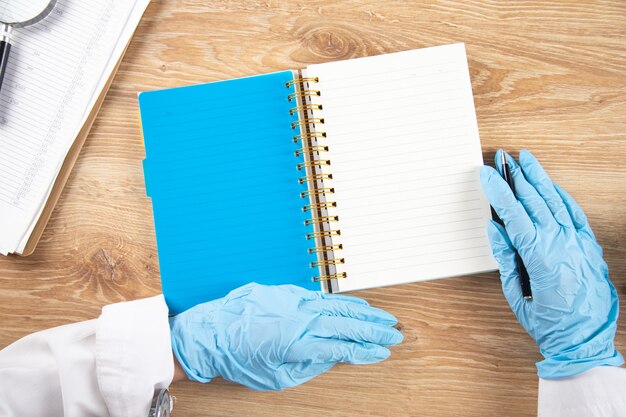How to Become a Medical Scribe: Education, Certifications, and Training
As the demand for medical scribes continues to grow, understanding the educational pathways and certifications relevant to this career is essential. Medical scribes primarily undertake the critical task of documenting physician-patient interactions in real-time, requiring both medical knowledge and attention to detail. While a specific degree isn't always necessary to start, pursuing related education can greatly enhance your prospects and proficiency in this field.
To become a medical scribe, many employers recommend or require you to have at least a high school diploma or equivalent, though an associate or bachelor's degree in health sciences or a related field can be advantageous. Some positions may even favor candidates with a background in pre-med or a related biological science. Additionally, obtaining a certification from programs like those offered by the American Healthcare Documentation Professionals Group (AHDPG) or the ScribeAmerica Training Program can solidify your skills and make you stand out to employers. These programs typically cover essential medical terminology, anatomy, and the legal aspects of clinical documentation.
Pathways to Becoming a Medical Scribe
-
🎓 High School Diploma
Basic requirement for most medical scribe roles. -
🎓 Associate or Bachelor's Degree in Health Sciences
Optional but beneficial for deeper understanding of medical processes. -
📜 Medical Scribe Certification
Enhances career prospects and proficiency. -
📚 Training Programs (e.g., AHDPG, ScribeAmerica)
Comprehensive training covering medical knowledge and documentation skills.
